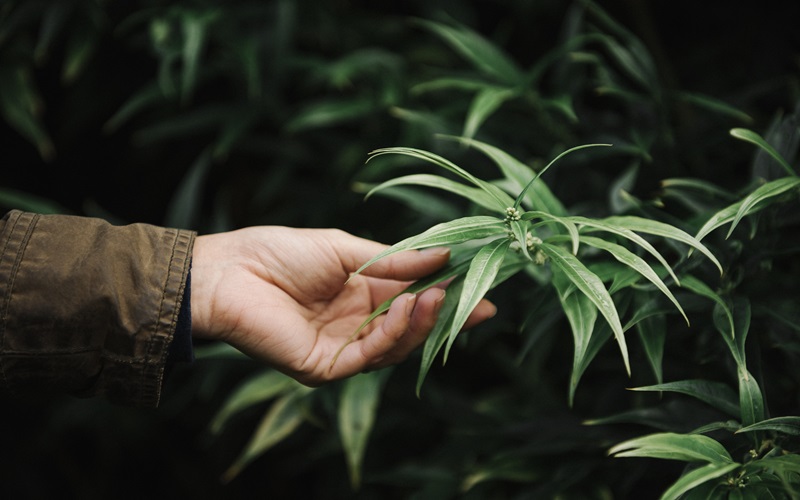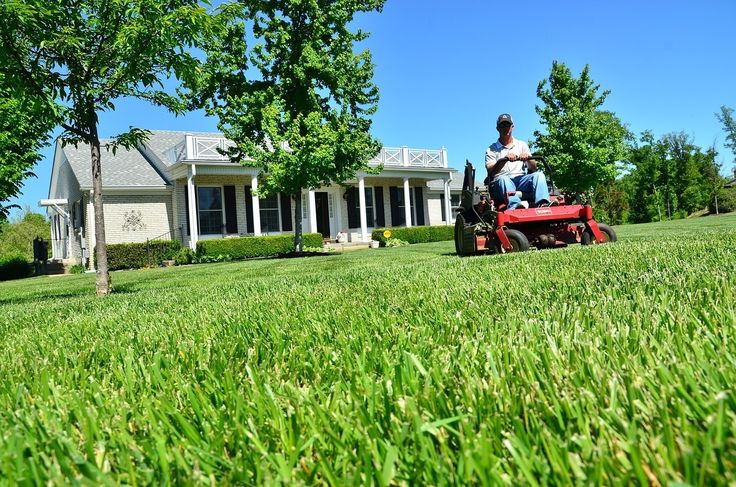Weeds are undesirable and persistent plants originating from seeds dispersed through wind, water, birds, and other means. They compete for space and nutrients with desired plants. A single weed can produce an enormous amount of seeds, ensuring they come back year after year. Dealing with these persistent invaders requires using a combination of methods.
Lawn weeds come in two main types: broadleaf (like dandelion and clover) with wide leaves and flowers, and grassy (like crabgrass and bermudagrass) that look like regular grass but have thicker blades.
We need specific strategies to keep weeds under control based on their types and seasons. Let’s dive into how weed growth changes in different climates and how to effectively tackle them.
Seasonal considerations:
For any season, pre-emergent herbicides should be applied early to prevent weed seeds from germinating. For the most effective prevention, the temperature should be just right for weed germination. If the grass growth in the lawn is healthy, there are fewer chances of weeds taking over. It is essential to mow at a higher height to prevent sunlight from reaching the weeds by the shade of the lawn grass and helping it grow. Also, if there are weeds that have already germinated and growing, post-emergent herbicides need to be applied on a monthly basis. The effectiveness of herbicides on fully grown weeds will be less.
The specific considerations for different seasons include:
Spring:
Spring is a critical season for weed management in lawns. Pre-emergent herbicides are effective against Crabgrass and Chickweed before germination, while spot treatments are recommended for Dandelion and Quackgrass. Eco-friendly methods work well for controlling Chickweed, while persistent weeds like Creeping Charlie may require multiple spot applications. Wild violets can be easily removed by hand in wet conditions, and spot treatments are ideal for purslane if pre-emergent treatment is missed.
Summer:
In early summer, a pre-emergent herbicide application is beneficial, but caution is needed during high heat to avoid harming the lawn. Hand pulling or spot application can be effective in managing weeds, and mulching helps control their growth.
Rainy:
If pre-emergent herbicides are not used, rainfall in any season can lead to increased weed germination. This absence of pre-emergent treatment may result in the emergence of new weeds following each rain, which necessitates monthly post-emergent applications. Also, the efficiency of herbicides is compromised when applied just before or after rain.
Fall and Winter:
In the Fall, weed control can be done using pre-emergent herbicides before germination or post-emergent treatments every month if needed. In winter, the application of pre-emergent or post-emergent herbicides, spot treatments, and mulching are effective strategies. The extreme cold of winter can also halt weed growth.
Conclusion
Achieving effective lawn maintenance requires a customized approach that considers the specific weeds and seasonal conditions. Proper watering and fertilization contribute to the overall effectiveness by minimizing seed growth.
At Lawn Pro of the Carolinas, our weed control services utilize specialized herbicides for each weed type, and we prioritize eco-friendly solutions. If you’re in need of weed control, we are an ideal choice.




